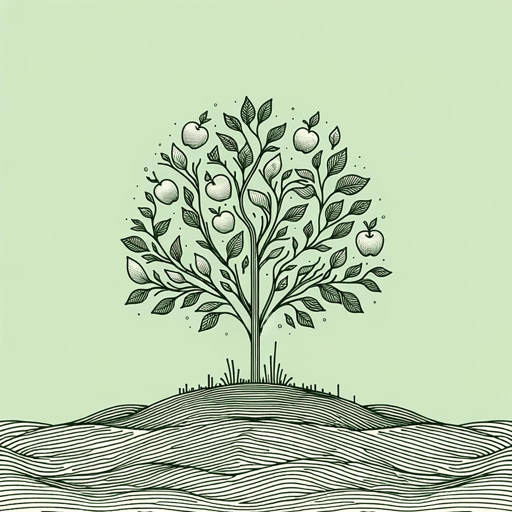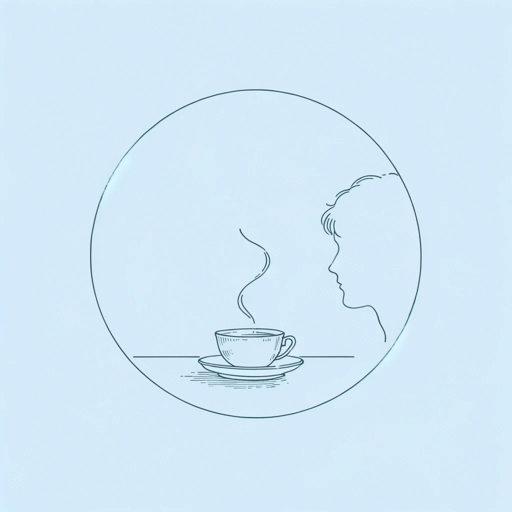24 pages • 48 minutes read
T. S. EliotThe Love Song of J. Alfred Prufrock
Fiction | Poem | Adult | Published in 1915A modern alternative to SparkNotes and CliffsNotes, SuperSummary offers high-quality Study Guides with detailed chapter summaries and analysis of major themes, characters, and more.
Symbols & Motifs
The City
The poem opens with urban imagery of “half-deserted streets” (Line 4), “One-night cheap hotels” (Line 6) and “sawdust restaurants with oyster-shells” (Line 7), establishing Prufrock’s hopelessness and despair. The landscape of his mind is grimy, seedy, and anxiety-inducing; the city through which he progresses through as he relays his monologue represents the loneliness and meaninglessness he feels in life. The city is devoid of other people and populated with impermanent or transitory items: The hotel suggests a string of shallow, one-night encounters, and the cheaply made sawdust restaurants will not last. Later, Prufrock returns to this imagery, noting the smoke-filled “narrow streets” (Line 70) with “lonely men […] leaning out of windows” (Lines 72). As he progresses through the poem, the city landscape does not change, suggesting that Prufrock is trapped and doomed to suffer in this world.
Fog
The yellow fog, or smoke, represents the onslaught of the new, modern era, and the dangers that accompany it. By presenting the fog as a cat, a creature that “rubs its back [… and] muzzle on the window-panes / lick[s] its tongue into the corners of the evening” (Lines 15-17), Eliot notes the way in which the trappings of modernity have been integrated into Prufrock’s world.
Related Titles
By T. S. Eliot

Ash Wednesday
T. S. Eliot

Four Quartets
T. S. Eliot

Journey of the Magi
T. S. Eliot

Little Gidding
T. S. Eliot

Mr. Mistoffelees
T. S. Eliot

Murder in the Cathedral
T. S. Eliot

Portrait of a Lady
T. S. Eliot

Rhapsody On A Windy Night
T. S. Eliot

The Cocktail Party
T. S. Eliot

The Hollow Men
T. S. Eliot

The Song of the Jellicles
T. S. Eliot

The Waste Land
T. S. Eliot

Tradition and the Individual Talent
T. S. Eliot

